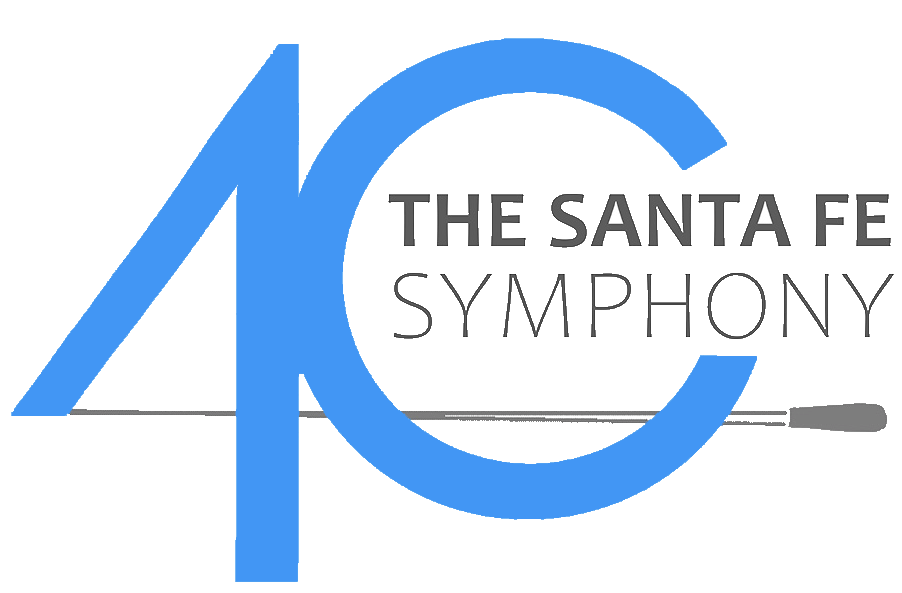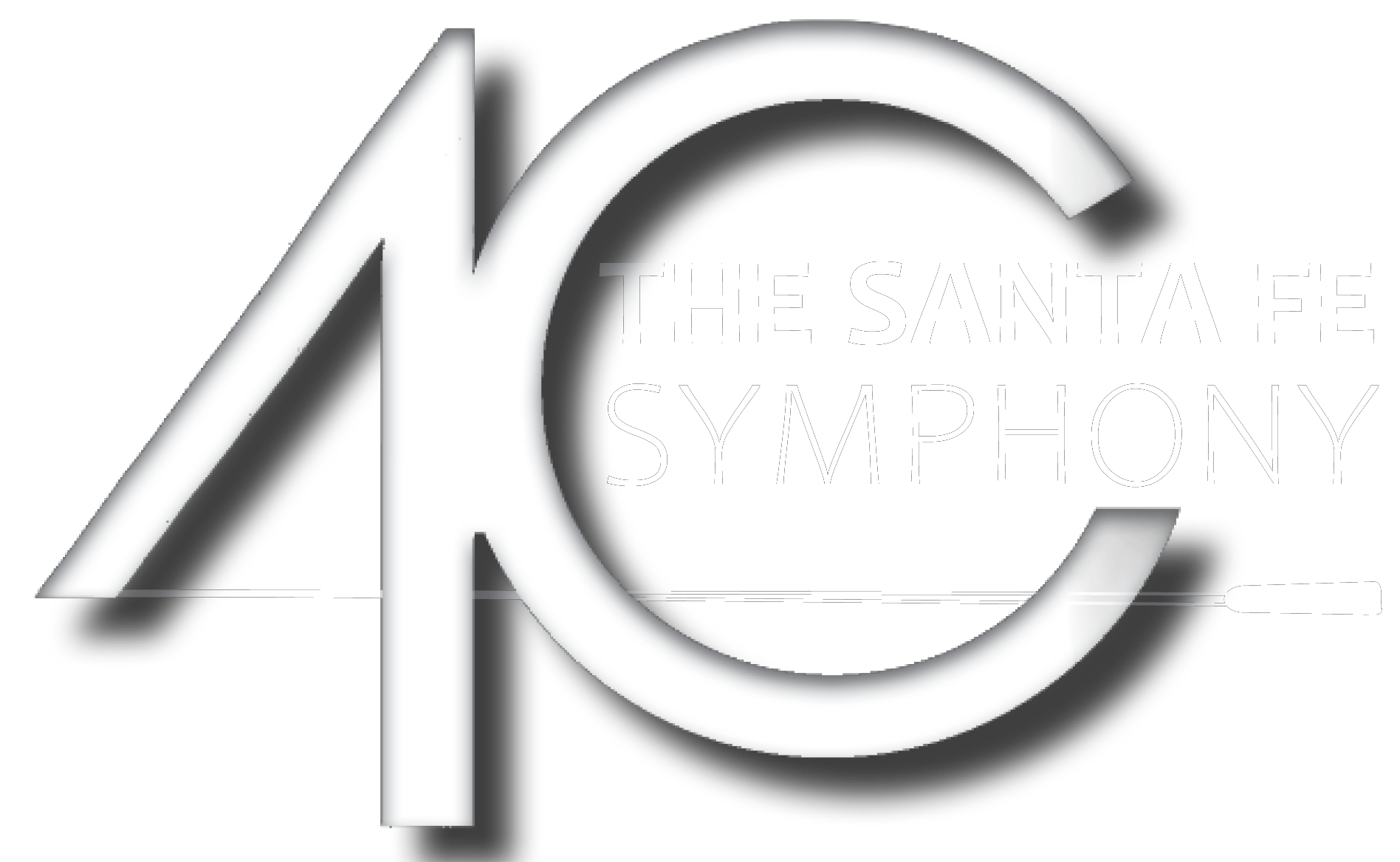Program Notes | Romantic Legacies
Symphony No. 1 in E Minor
FLORENCE PRICE
Born 1887, Little Rock
Died 1953, Chicago
Born in Little Rock, Florence Price gave her first piano recital at age 4, published her first piece at 11, and entered the New England Conservatory at 15. There she studied piano and took composition lessons from George Whitefield Chadwick and Frederick Converse. Graduating at age 18, she taught at Shorter College in Arkansas, and in 1910 she became the head of the music department at Clark University in Atlanta. Returning to Little Rock, she married, and in 1927 the family moved to Chicago, where Florence studied composition with Leo Sowerby and wrote musical jingles for radio commercials to help support her family.
Price was a prolific composer. She wrote more than 300 works, including four symphonies, two violin concertos, a piano concerto, piano music, and a large number of songs and choral compositions. Most of these remain unpublished, and while some of her works have been recorded, Price’s music is only now being discovered by audiences.
Price composed her Symphony No. 1 in E Minor in 1931-32 while recovering from a broken foot. That misfortune turned out to be a blessing in disguise, because it gave her time to work. To a friend she wrote: “I found it possible to snatch a few precious days in the month of January in which to write undisturbed. But, oh dear me, when shall I ever be so fortunate again as to break a foot!” Submitted to the Rodman Wanamaker Competition, her First Symphony promptly won first place and was premiered at the Chicago World’s Fair on June 15, 1933 by the Frederick Stock and the Chicago Symphony Orchestra. It was the first work by an African-American woman to be performed by a major American symphony orchestra.
Chadwick and Converse were themselves conservative composers, and they had trained Price in the forms and methods of late 19th-century European music―one often hears echoes of Dvořák and Brahms in her music. But they also encouraged Price to make use of the music of her African-American heritage, and that combination of influences gives her music some of its distinctive character.
Price’s First Symphony begins with two long movements and concludes with two short ones. The opening Allegro non troppo is in sonata form and is based on two theme groups―all listeners sense the influence of Dvořák on the second theme here. The slow movement opens with a lovely brass chorale (Price’s marking is here Maestoso: “Majestic”), and this chorale goes through a number of lovely extensions, sometimes accompanied by drums and bells. The third movement is in the form of a juba dance, one of Price’s favorite dance forms. Originally brought to the United States by slaves from West Africa, the juba was built on syncopated rhythms and the sound of slapped drums and stomped feet. Price builds this concise movement up to an exciting climax, and it comes to a grand conclusion. The symphony concludes with a brief but lively Presto.
Overture to La forza del destino
GIUSEPPE VERDI
Born 1813, Roncalo, Italy
Died 1901, Milan
Verdi wrote his four-act opera La forza del destino (“The Force of Destiny”) on a commission from the Imperial Theater in St. Petersburg, where it was first performed in 1862, when the composer was 49; the premiere of the revised version took place in Milan in 1869. The 24th of Verdi’s 28 operas, La forza del destino is a dramatic story of love, revenge, and a doomed family, set in 18th-century Spain. The opera is built on the relations among three characters: the pure young Leonora, her beloved Don Alvaro (who accidentally kills her father), and her brother Don Carlos, who swears revenge against his father’s killer.
Verdi wrote a dark and dramatic overture, which he called Sinfonia in the score, in 1869 for the revised version of the opera. It opens with powerful unison E’s from the brass―this is the sound of fate, and it will return several times. The opening theme is restless and surging; Verdi’s short metric units (this opening section is in 3/8) accentuate the overture’s uneasy mood. The lyric material that follows is drawn from Leonora’s aria in Act II, and the overture rises to a dramatic climax on the music that precedes the fatal final duel between Don Alvaro and Don Carlos.
Cello Concerto in B Minor, op.104
ANTONÍN DVOŘÁK
Born 1841, Mühlhausen, Bohemia
Died 1904, Prague
Dvořák’s Cello Concerto is the greatest ever written for that instrument, and so it comes as a surprise to learn that Dvořák had been reluctant to write a concerto for cello. He had sketched a cello concerto when he was only 24 and had been so dissatisfied that he did not even bother to orchestrate it. He came away from that experience with reservations about what he considered the cello’s “limitations”: a somewhat indistinct sound in its lowest register and a thin sound in its highest, as well as the problem of making a low-pitched instrument cut through the weight of a full orchestra. But―encouraged by his cellist friend Hanuš Wihan and by hearing Victor Herbert play his own Second Cello Concerto in New York in 1894―Dvořák wrote this concerto very quickly during his final year in the United States. He began work on November 8, 1894, just after resuming his teaching duties at the National Conservatory of Music in New York, and he completed the draft of the score the following February 9, two months before he returned for good to his Czech homeland.
Dvořák’s solutions to the problems posed by a cello concerto are ingenious. Rather than scaling back the orchestra to balance it more equitably with the soloist, he instead writes for a huge orchestra, adding three trombones and tuba to the texture, as well as such “exotic” instruments as piccolo and triangle. He then scores the concerto with great imagination; alternating grand gestures that use all his forces with leanly scored passages in which only a handful of instruments accompany the soloist. The concerto was a triumph at its premiere in London on March 19, 1896, and it has justly remained the most popular of cello concertos ever since. When Brahms, then only a year from his death, examined the score to Dvořák’s Cello Concerto, he exclaimed: “Why on earth didn’t I know one could write a violoncello concerto like this? If I had only known I would have written one long ago!”
The lengthy opening Allegro is in sonata form, and Dvořák follows custom by introducing both main themes before the soloist enters: The quiet opening tune, a dark, march-like figure for clarinets, soon builds up to Grandioso restatement, preparing the way for the glorious second subject, a soaring melody perfectly suited to the solo horn that announces it. (Dvořák’s biographer, John Clapham, reported that the composer always grew emotional when playing over this theme.) The solo cello makes an impressive entrance on the opening march theme, and Dvořák exploits fully the lyric and dramatic possibilities of the instrument in this movement. There is, however, no empty brilliance here (the concerto significantly has no cadenza), and the virtuosity of the solo part is central to the music rather than an end in itself. After so much inspired lyricism, the movement drives―surprisingly―to a ringing, heroic close.
The Adagio ma non troppo is in ABA form, with woodwinds introducing the gentle opening section in G major before the soloist takes it up. The G-minor central episode quotes from Dvořák’s own song “Leave me alone with my dreams,” originally composed in 1887-88. This song had been a favorite of one of Dvořák’s pupils, Josefina Čermáková Kaunitzova, with whom he had fallen in love while he was a young man. She had not responded to that love, and Dvořák later married her sister. Now, as he was writing this concerto in New York City, he learned that Josefina was seriously ill with heart disease in Prague and―remembering her fondness for this song―included its wistful melody in this movement. The end of the movement is extended, and Dvořák scores this very carefully, sometimes reducing the orchestra to just a few instruments. Matters rise to a menacing climax in C minor before the music falls away to end peacefully in G major.
Over a steady pulse from lower strings, horns announce the main subject of the Finale (marked Allegro moderato — Andante — Allegro vivo, but actually a rondo), which the soloist quickly picks up. This movement is both lively and lyric, and its episodes are varied. Near the close comes the most remarkable passage in the entire concerto. Shortly after Dvořák returned to Prague in 1895, Josefina died. Stunned, the composer returned from her funeral and rewrote the ending of the concerto, adding a quiet 60-measure section that recalls the main theme of the first movement and the song-theme from the second movement that Josefina had loved so much. This makes the ending of the concerto particularly moving, and it was crucially important to its creator. When Hanuš Wihan tried to add a cadenza at just this point, Dvořák erupted, writing to his publisher: “The finale concludes gradually, diminuendo―like a faint breath―with reminiscences of the first and second movement―the solo fades away in a pp―then the orchestra surges up and ends in a turbulent tone. This was my idea and I cannot abandon it.”
It is an effective ending. Dvořák recalls his sister-in-law one final time as the cello sings this sad melody, its final measures trailing off over quiet timpani accompaniment, and then―with this behind him―he winds up the music and rushes it suddenly to the smashing close.
—Program notes by Eric Bromberger

